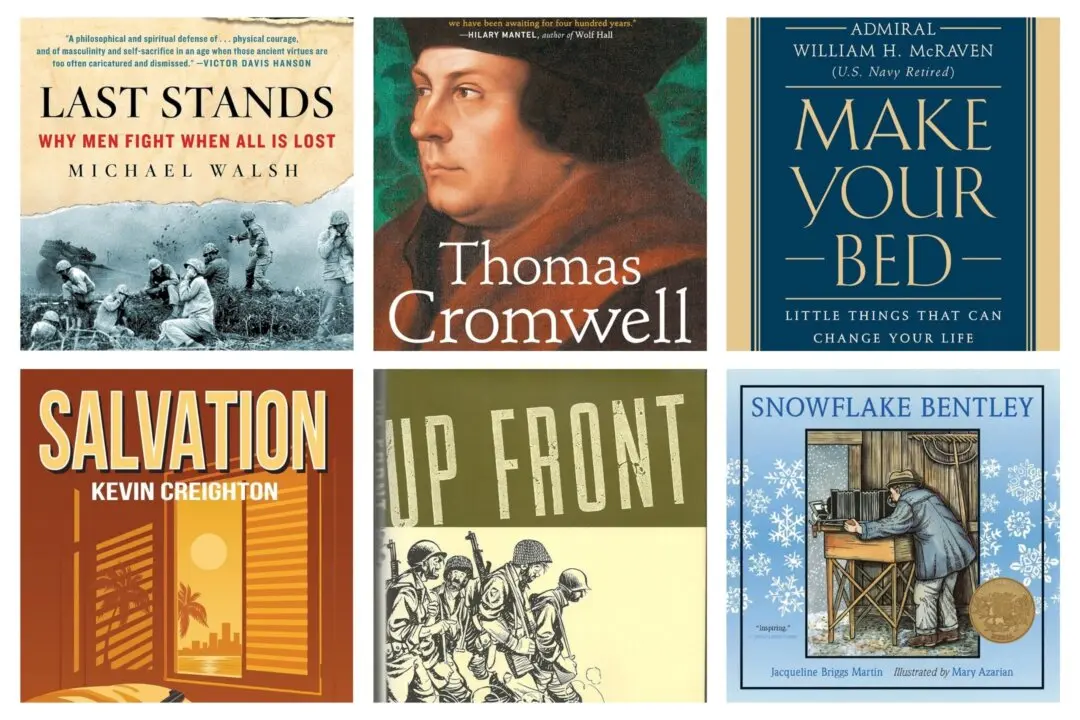Nathaniel Brown Palmer (1799–1877) was born in the southeastern Connecticut coastal town of Stonington. He was one of eight children. He was named after his father, who had been educated to practice law, but instead chose a career in shipbuilding. According to Palmer’s biographer, John Randolph Spears, the young boy “had a shipyard for a playground from the time he was old enough to run around without the care of a nurse.” Palmer was learning methods of shipbuilding before he ever attended secondary school. His destiny for the sea seemed laid out before him.
At the age of 13 (or 14 in some sources) and during the War of 1812, he became a sailor. The Royal Navy had established blockades, and it is believed that Palmer, along with many other boys, was part of crews for blockade runners (boats that would evade the blockades in order to deliver goods). There are no details about his specific involvement, although one of the ships on which he was employed was burned at New Haven, proving in just one instance how dangerous the work was. Palmer would continue to prove his willingness to expose himself to danger while at sea.






